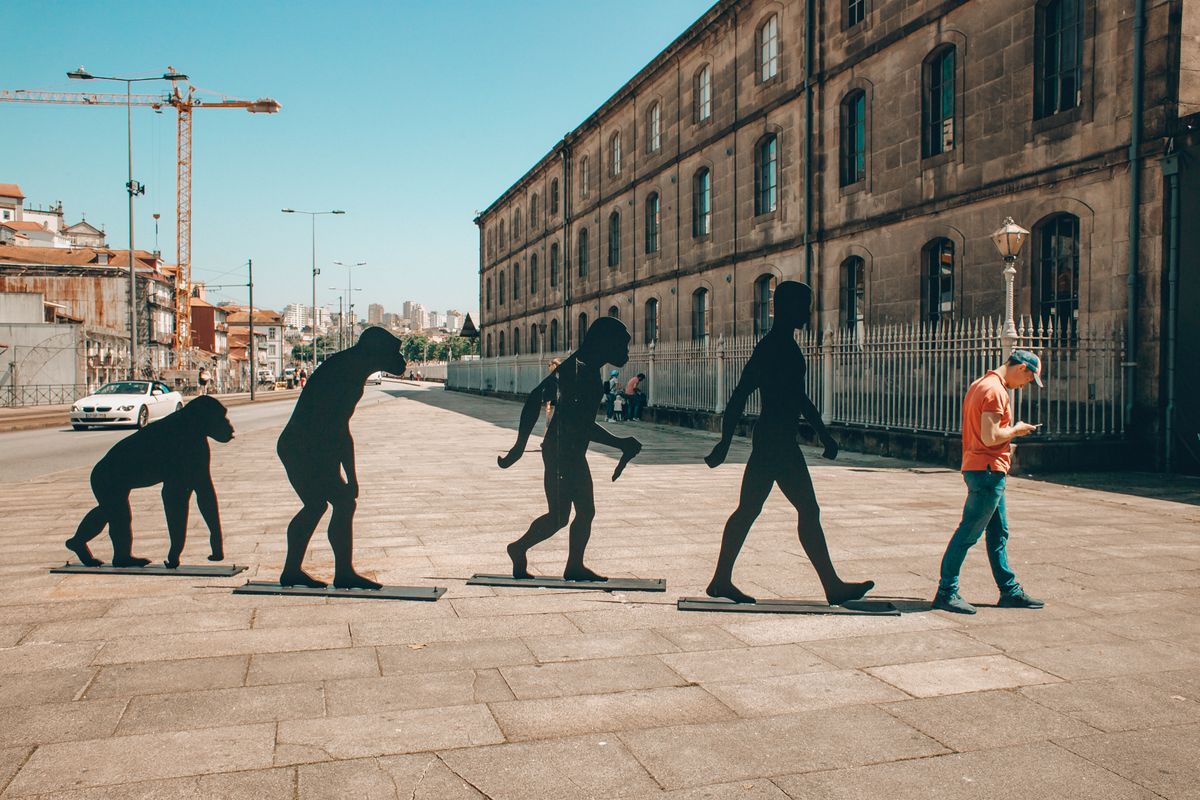Architecture: a production of human evolution

Architecture is and has always been a mirror of civilization. It demonstrates in tangible evidence people’s understanding and appropriation of space at a given time. moreover, it provides a fair insight into the level of consciousness, motivations, and needs of its residents.
In history, many would argue that the appearance of Architecture dates back to the neolithic age when people stopped living in caves; therewith it is also possible to say that the first primitive form of architecture is the cave itself as it marks the first image of territorial management and space appropriation.
That primal form of habitat is directly and rationally aligned with the level of awarness of the homo-sapien at the time and its primitive need for shelter. This proves that architecture is a production of the intellect and its evolution is related to human cognitive and emotional development.
Marking the territory
As social studies have stated “Humans are social creatures by nature” implying that seeking a sense of belonging is within our instinct. which explains the appearance of the first settlements on the rims of rivers and bodies of water. This latter marks the beginning of architectural savoir-faire using local materials and a great example of harmony with the local environment.
The birth of the ornament
With the sustention of essential motives: security, food, pertinence, and the subsidence of risk, The ornament is born.
This appearance of embellishment in buildings expresses the new aspirations of well-being and visual stimulation that humans had for themselves, thus architecture became not only about space definition but also a means of expression, and a reflection of intellectual thriving.
The high-rise rebellion
Reflecting on the mention of high-rise buildings in the scriptures (Quran 40:36) “And Firaawn (Pharaoh) said, “O Haman, build for me a tower that possibly I would reach the means (of ascension).” The build of the tower was driven by the ego of the tyrant Pharoah and his need to validate it.
A vertical extension into the sky symbolizes grandiosity, defying norms, and detachment from the earth, a vivid dominance statement.
In posterior modern times, the appearance of this kind of rebellious architecture aligns with the blossom of capitalism and self-centered culture. where man is deemed holy and capable of all.
The rescaling
High-rise, brutalism, mass production, and hustling culture…etc. Architecture missed out on the genius loci; it became more and more quantitative, rigid, and tridimensional.
Like Winston Churchill says: “ We shape our buildings thereafter they shape us”. As when space became an objectified structure men became an asset, trapped in the system that was initially designed to set them free and validate their superiority.
The resumption of the threat
What’s more efficient than fear to reset men’s primitive nature, reminding them of their place within the system as part of the creation?
With the alarming repercussions of global warming and the Covid pandemic it became necessary to rethink humans’ relations with nature; the way we utilize it, live with it, and live within it.
In that context, architecture seeks to restore its roots to the earth. It attempts to mimic nature and uses it to boost its properties.
Ultimately these experiences have humbled both men and architecture into thinking of a more harmonious way to integrate with nature; to design spaces that are mind-stimulating, safe, and lifeful. while attributing a careful examination to humans’ changing and developing needs to create a favorable mutual effect.